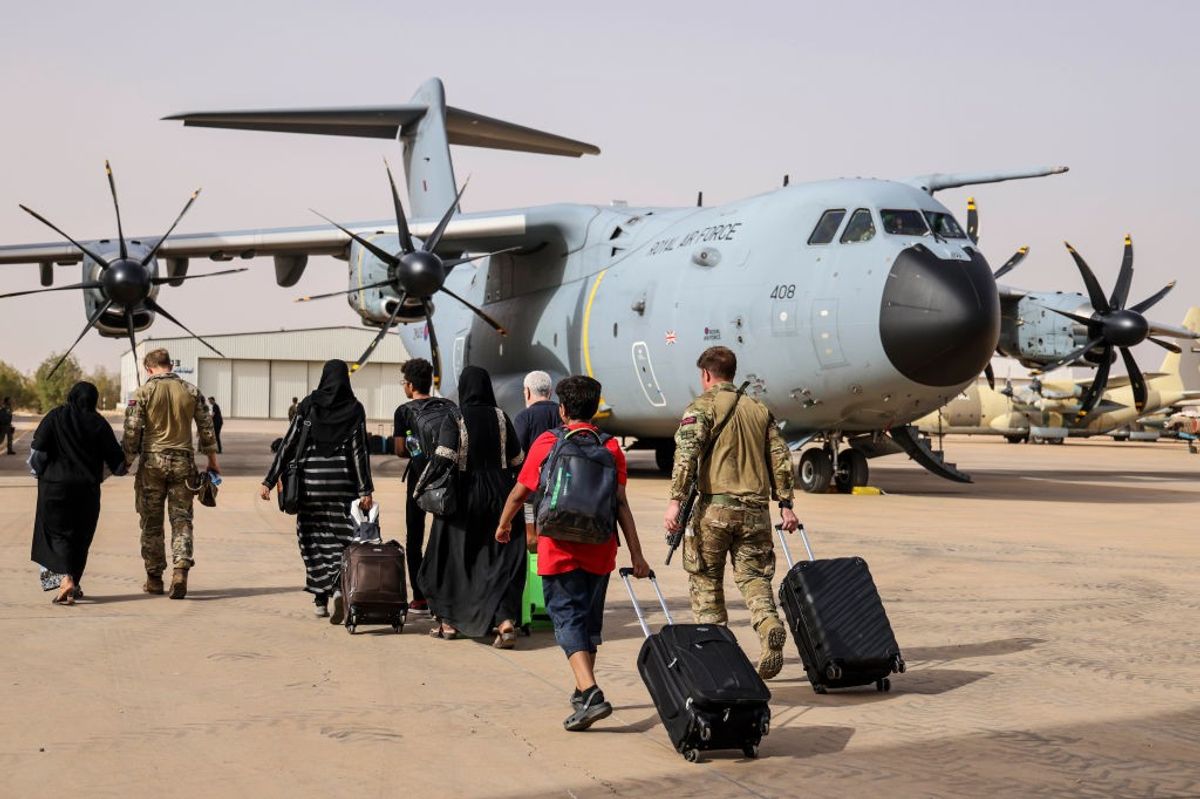The sea lanes of the Gulf of Guinea (GoG) are endowed with valuable resources and are an important artery of global trade. It connects maritime traffic from multiple continents due to its central location, particularly its proximity to Europe and America. Historically, the geostrategic importance of the GoG made it the center of intense European scramble, expansionism, and colonialism. This has endured, especially in the last two decades, because of increasing global energy dependency on the region’s offshore hydrocarbon reserves. Thus, the maritime profile of the GoG and the larger Atlantic Ocean system are not just global commons, but are equally making enormous contribution to the social-economic development of the littoral (coastal) states, many of which are expanding the economic derivatives of their maritime estate.
The opportunities of the GoG are, however, being drowned in the waves of multiple insecurities. The maritime environment is epitomized by complexity and uncertainty—making planning, projections, risk assessment, and risk mitigation very difficult. This reality is often masked or lost in the minds of national and international policy analysts. Of course the shipping community and key interests in the offshore oil and gas industry cannot be oblivious to this incessant insecurity. Yet, the “awareness” tends to be sectorial and bereft of the birds-eye view that should underpin investor decisions and policy responses.
Both the International Maritime Bureau (IMB) and the International Maritime Organization (IMO) reported a decline in piracy attacks in the GoG region for 2014, and that may hold for 2015 as well. The number of incidents last year was 45, compared with 54 in 2013, and 64 in 2012. This should convey optimism of the increasing safety and security of the waterways.
While optimism is welcomed, the reality of the insecurity is not in figures but rather the dynamics of the incidents. Indeed, at a point when piracy and sea robbery in the region intensely engaged the attention of the UN Security Council leading to the adoptions of two resolutions within a space of five months (Resolution 2018 of October 2011 and 2038 of February 2012), the total reported cases by the IMO for 2008-2012, were 260. For the same period, incidents off the East African Coast/Indian Ocean were over 800 and incidents for Southeast Asia were also more than that of the Gulf of Guinea.
Thus, the questions we should really be asking are: what makes maritime security in the GoG significant; what are the unique dynamics of piracy in the region; and what is the broader insecurity within which the piracy threat is cast? The collective answer to these questions is the enduring complexity of the insecurity. This makes the calculation and projection of two essential elements of risk analysis—“magnitude” and “probability”—of the piracy threat very difficult, making the region a continuous high risk zone. Second, even in the face of declining incidents, the dynamics of GoG piracy persist, posing grave risk to global trade and endangering the safety and security of shipping. Third, focusing on piracy obscures the broader factors, such as capability gaps, legislative deficits, and poor governance that inevitably spurs risk, heightens insecurity, and even inches the region towards instability.
A typical feature of GoG piracy is its widening effect, which is not evident from the 2014 reports. Angola and Ghana registered their first attacks in 2014. The MT Kerala was hijacked off Angola in January and part of its oil cargo, worth U.S. $8 million, was stolen. Then in June/July there were three cases of hijacking off the coast of Ghana, two of which involved oil tankers. The third led to multiple injuries to the ship crew. The year 2014 also saw other enduring characteristics, which makes the reported decline of incidents not a great source of joy. The use of guns in piracy attacks was more than the total for the rest of the world, and while the South China Seas had almost twice the number of reported incidents, crew hostage and assault in the GoG were almost three times higher than the South China Sea. The major hijackings in 2014 also showed transnational networking.
Therefore, 2015 may also end with a declining incidence of piracy, but attention should be focused on the fact that the year commenced with the hijacking of MT Mariam using sophisticated weapons. The vessel was intercepted by the Ghana Navy and the pirates arrested – conveying a positive message of readiness. The downside, however, is that after almost a year, the Ghanaian authorities are unable to commence prosecution because of an inadequate legal framework. Another incident in 2015 that deserves a closer look, is the hijacking of the fishing vessel, Lu Rong Yuan Yu and the ensuing pursuit by the Navies of Ghana, Nigeria, and Togo. The hijackers defied all orders to stop, had a standoff with the Togolese Navy, and escaped into Nigeria. Investigations discovered explosives on board, and intelligence pointed to an intention to use the vessel as a platform for further attacks. Finally, it is not out of place to ask if piracy off the coast of Guinea-Conakry has again surfaced in 2015.
The analyses so far have centered on piracy, where the threat to international trade in the Gulf of Guinea parallels other regions, but is distinctive. Security concerns in the GoG, however, goes beyond shipping. Energy security is also at risk given the region’s history of attacks on offshore oil and gas infrastructure, especially Fuel Production, Storage, and Offloading (FPSO) platforms. The GoG is a host to a growing number of FPSOs, which are multimillion investments. The 2008 attack on FPSO Bonga in Nigeria epitomized the insurgent-piracy threat to these strategic assets. The attack had a crippling effect on the Nigerian economy and also resulted in increased global oil prices. Two incidents in 2015 – attacks on FPSO Yoho and FSO Ailsa Craig I – should be of concern given the Lu Rong Yuan Yu incident. Other dimensions of maritime insecurity in the GoG are illegal fishing and illicit trafficking in narcotics, which have debilitating impacts on the GoG because of their immediate impact on the safety of people.
There is both hope and uncertainty. Insecurity in the GoG emanates from a cocktail of threats, not just piracy. Responses must therefore be multifaceted and tailored. Of course, there can never be an absolute solution to complex issues, especially in the maritime domain. However, four key areas are crucial for enhancing maritime security in the Gulf of Guinea: adequate national response capacity; effective legal frameworks; better regional cooperation; and improved governance. The region’s hybrid of traditional and insurgent piracy raises legal issues of mixed or competing jurisdiction. An effective legal framework has to take this into account, and should include collaborative investigation and extradition arrangements.












